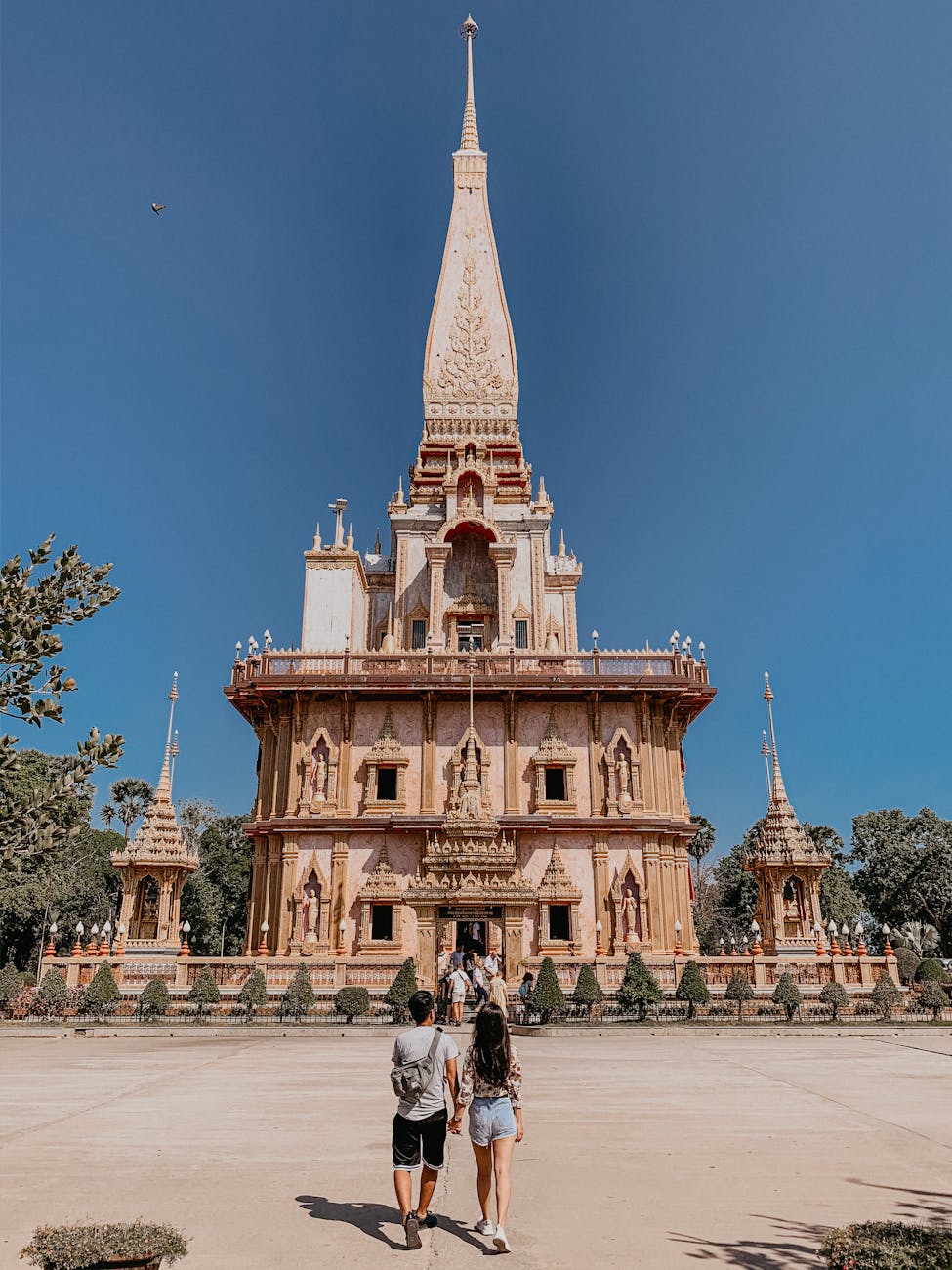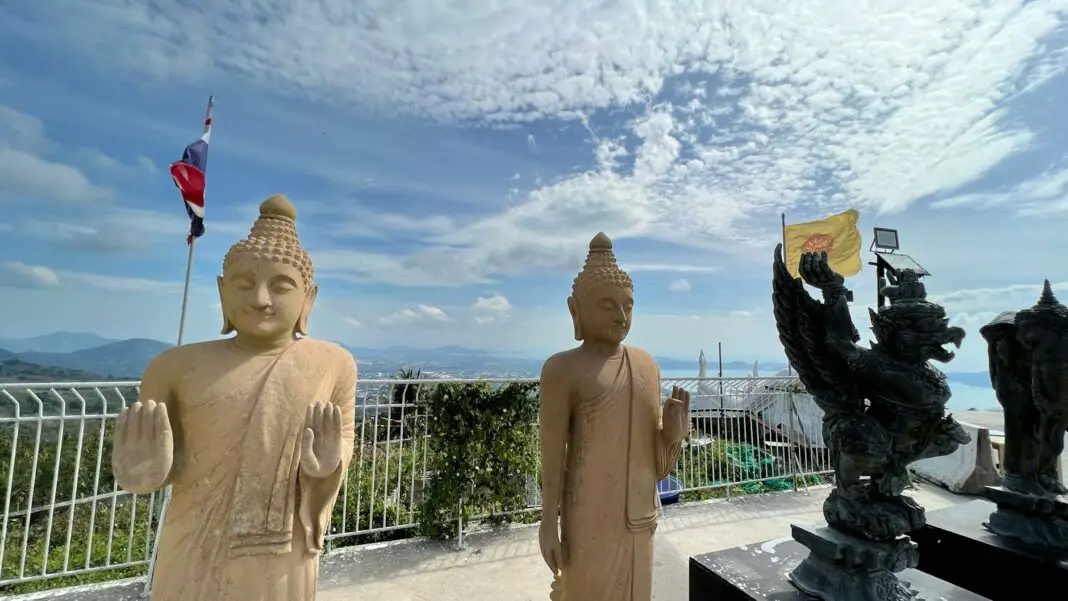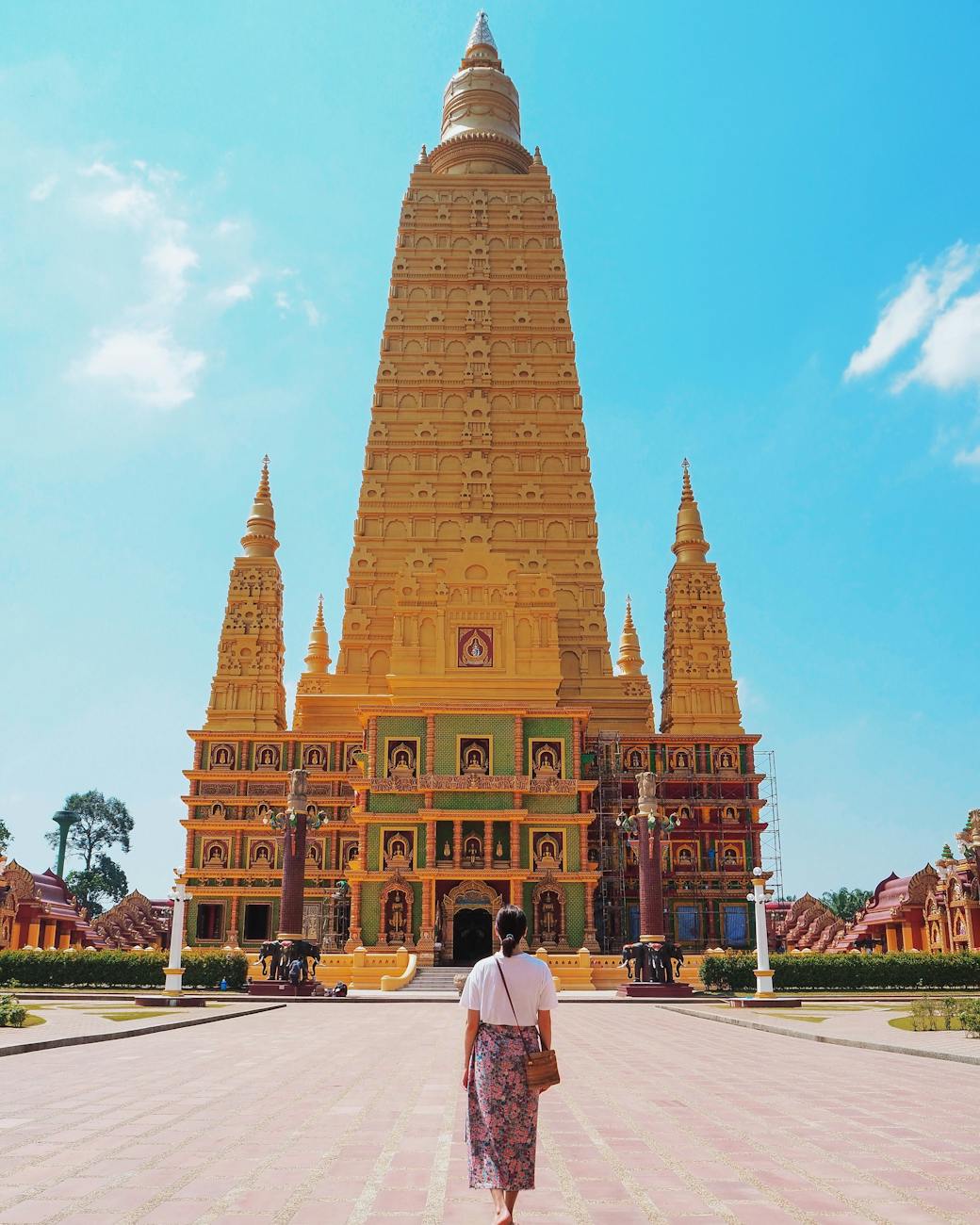Embarking on a trip to Thailand is a dream for many travelers, and exploring the hidden gems of Phuket is an adventure worth considering. While Phuket is famous for its beautiful beaches and vibrant nightlife, it also boasts a rich tapestry of history waiting to be explored. From ancient temples to colonial architecture, Phuket presents a unique perspective on Thailand’s cultural heritage. By delving into its historical sites, visitors can immerse themselves in the local traditions, learn fascinating stories from the past, and discover what lies beyond the usual tourist hotspots.
This blog post will take you on an insightful journey through some of Phuket’s lesser-known historical sites, showcasing the unique charm they possess. Not only will this exploration offer a refreshing break from the beach, but it will also allow you to engage with the local culture intimately. So, grab your travel journal, and let’s uncover the layers of history that shape Phuket into a captivating destination.
Table of Contents
- Historical Temples of Phuket
- Old Town Phuket: A Window to the Past
- Museums Preserving Phuket’s Heritage
- Colonial Architecture of Phuket
- Actionable Insights for Your Journey
- Final Thoughts on Your Phuket Adventure
- Frequently Asked Questions
Historical Temples of Phuket
Phuket is home to several remarkable temples that showcase the island’s spiritual heritage and architectural beauty. One of the most iconic is Wat Chalong, a revered Buddhist temple nestled in the heart of the island. This historical site serves as a spiritual haven for locals and visitors alike. The temple complex is adorned with beautifully painted murals that narrate stories from Buddha’s life, captivating the imagination of those who walk through its hallowed grounds. Additionally, the elegance of its architecture reflects traditional Thai design elements, making it a photographer’s paradise.
Another exquisite temple to explore is Wat Phra Thong, often referred to as the Temple of the Golden Buddha. Legend has it that the partially buried statue of a Buddha emerged from the ground, imbuing the temple with a sense of mystery and reverence. Engaging with the intricate details of Wat Phra Thong’s structures and the surrounding lush gardens offers visitors a tranquil experience, allowing them to pause and reflect amidst Phuket’s lively atmosphere. This journey into the spiritual richness of Phuket undoubtedly sheds light on the profound importance of Buddhism in Thai culture.
Old Town Phuket: A Window to the Past
A stroll through Old Town Phuket reveals an enchanting blend of history, culture, and vibrant street life. This area is teeming with Sino-Portuguese architecture that vividly illustrates the island’s multicultural influences over the years. Each building tells its own story, and as you wander the streets, it feels as though time stands still. Colorful shophouses and charming cafes line the streets, inviting visitors to pause and soak in the ambience, making your exploration a feast for the senses.
Within Old Town, the Sunday Walking Street Market transforms the streets into a bustling hub of activity. This vibrant event showcases local artisans, delectable street food, and cultural performances, providing visitors with an immersive experience that highlights the blending of tradition and modernity. This market is an extraordinary way to engage with local vendors and artists, ensuring a memorable trip that captures the spirit of Phuket’s community and its deep-rooted heritage.
Museums Preserving Phuket’s Heritage
Phuket’s museums play a crucial role in preserving the island’s rich history and culture. The Phuket Thaihua Museum stands out as an essential destination for anyone wishing to understand the island’s cultural evolution. This former Chinese-language school now serves as a showcase of galleries displaying exhibits that span Phuket’s history, from its early tin mining days to its recent tourist boom. The museum effectively narrates the story of the local Chinese community, allowing visitors to appreciate their contribution to Phuket’s development.
Another noteworthy museum is the Phuket Mining Museum, which offers insight into the island’s prosperous tin mining era. With engaging displays, interactive exhibits, and historical artifacts, the museum beautifully portrays the booming mining industry that defined Phuket for many years. Exploring these museums not only enhances your understanding of Phuket’s historical significance but also provides an immersive learning experience that enriches your trip, making each visit a unique adventure.
Colonial Architecture of Phuket
Phuket’s colonial architecture serves as a living testament to its intriguing past and diverse influences. Architectural gems such as the Sino-Portuguese buildings scattered throughout Old Town represent a beautiful amalgamation of cultures, blending traditional Chinese styles with Dutch, Portuguese, and British elements. As you stroll through the streets lined with these vibrant structures, you will encounter ornate facades, arched doorways, and intricately designed windows that capture the essence of the island’s history.
Visiting these beautifully preserved buildings not only offers many aesthetic delights but also allows for immersive storytelling. Guided tours often provide fascinating insights into the stories behind these colonial-era establishments, connecting visitors with the historical narratives that shaped Phuket into a vibrant cultural enclave. This blend of historical storytelling and architectural beauty transforms quiet alleys into enchanting journeys through time.
Actionable Insights for Your Journey
To make the most of your trip to Phuket and its historical sites, consider planning your visit during off-peak hours. Early mornings and late afternoons offer a quieter exploration experience, allowing you to soak in the rich history without the crowds. Additionally, don’t forget to engage with local guides who can provide valuable context and share hidden stories that you won’t find in guidebooks. This personal touch can deepen your understanding of the locale and connect you more intimately with the culture.
Invest in learning a few basic Thai phrases, as locals appreciate the effort and are often more willing to share their knowledge and stories. Also, be sure to explore on foot; wandering the narrow streets will unveil undiscovered nooks and crannies that are not on conventional tourist maps. Carry a camera to capture the stunning architecture and vibrant street life—these photographs will serve as unique reminders of your memorable adventure through Phuket’s rich historical landscape.
Your Next Adventure Awaits in Phuket
Phuket’s historical sites offer a captivating journey through time that’s just as thrilling as lounging by the beach. Diving into the island’s rich heritage allows for an authentic experience that reveals the stories and traditions that pulse through its streets. By exploring the hidden gems of temples, museums, and colonial architecture, you’re not just a visitor; you become part of a living history that enriches your travel narrative. Exciting adventures await those willing to seek beyond the obvious and embrace the cultural depth of Phuket.
Frequently Asked Questions
What is the best time to visit Phuket’s historical sites?
The best time to explore Phuket’s historical sites is during the cooler months from November to February. The weather is pleasant, making it ideal for walking tours.
Are there guided tours available for exploring Phuket’s historical sites?
Yes, numerous guided tours are available that offer insights into the island’s culture and history, often led by knowledgeable locals.
Can I visit these historical sites for free?
Many historical sites, especially temples, do not charge an entrance fee. However, some museums may have a nominal fee for entry.
What should I wear while visiting temples in Phuket?
Visitors to temples should dress modestly, with shoulders and knees covered, to show respect for the local customs and traditions.
Is it safe to explore Phuket’s historical districts alone?
Overall, Phuket is safe for solo travelers, but exercise caution as you would in any other place. It’s advisable to stay aware of your surroundings and travel during daylight hours.
Image Credit: Pexels





